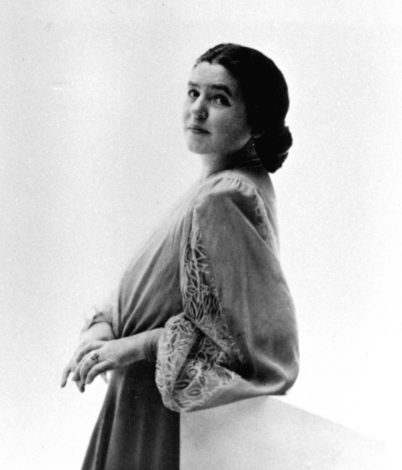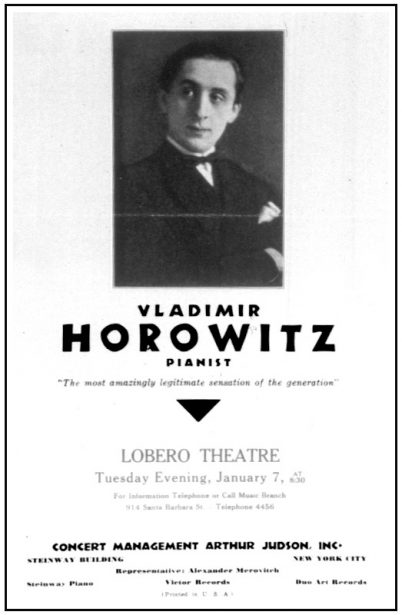
The Great Depression had a devastating effect on people and organizations throughout the United States and CAA was not exempt. The Drama Branch’s activities were turned over to the present Lobero Theatre Foundation. Verne Linderman in a February 2, 1947 article in the Santa Barbara News-Press writes: “At the expiration of the Carnegie Grant in 1930, the [Community Arts] Association found itself in financial difficulty and it was necessary for the Drama Branch to withdraw in order to save its property. The School of the Arts disintegrated [in 1932]. This left the Music and Plans and Planting Branches as the only departments under the organization of the Association. The Music Branch separated itself in order that Miss Pearl Chase and the Plans and Planting Branch could keep the name and carry on as much of the activities of the old Community Arts as she wished to.” The Plans and Planting Committee continued under Pearl Chase’s leadership, discontinuing its activities shortly before her death in 1979 (Mary Louise Days, Santa Barbara Trust for Historic Preservation).

In the 1930s, CAA Music Branch concerts moved to the Granada Theatre and then Arlington Theatre (and back and forth again over the decades). Mrs. Francis E. Boyd (CAMA President 1952–1955) remembers that “the limousines would roll up one after another and the chauffeurs would hop out and open the doors for the women, elegant in their jewels, gowns and furs, and the men, dashing in their tuxedos. It was a wonderful time.”
On January 7, 1930, the CAA Music Branch presented Vladimir Horowitz at the Lobero Theatre. A newspaper review from January 8 by “P. H. W.” states that “to say that the concert…was magnificent is expressing it so mildly that those who weren’t there may feel they missed just another evening of very good music beautifully played. What they really missed was one of the most glorious evenings that music lovers of Santa Barbara have had an opportunity to experience in years.” (CAMA archives)
On April 29, 1936, the CAA Music Branch presented the Philadelphia Orchestra led by Leopold Stokowski. This was the first touring orchestra to be presented apart from the LA Philharmonic – and the first Music Branch concert of any kind at the Arlington Theatre. An acoustical shell for the Arlington stage was constructed for the Orchestra’s concert, which featured a work by Santa Barbara’s own Henry Eichheim.
Former CAMA Board Member Roger Phillips sums up the decade, noting that at a time “when 25% of the labor force was out of work and the bank failed and closed in 1933, CAMA was presenting the Los Angeles Philharmonic, pianist José Iturbi and others. In the later 30s, while Neville Chamberlain was on his ill-fated hat-in-hand visit to appease Hitler, and while the Nazis were invading Poland, CAMA was presenting soprano Kirsten Flagstad, pianist-composer Igor Stravinsky, modern-dance pioneer Martha Graham and Company, contralto Marian Anderson and the Los Angeles Philharmonic.”
Notable soloists and ensembles to appear in CAA Music Branch concerts in the 1930s included violinist Jascha Heifitz (twice), baritone Paul Robeson, cellist Gregor Piatigorsky (twice), the Ballets Russes de Monte Carlo (twice), soprano Lotte Lehmann, pianist Artur Schnabel, dancer/choreographer Martha Graham (three times), violinist Isaac Stern, and many more.
